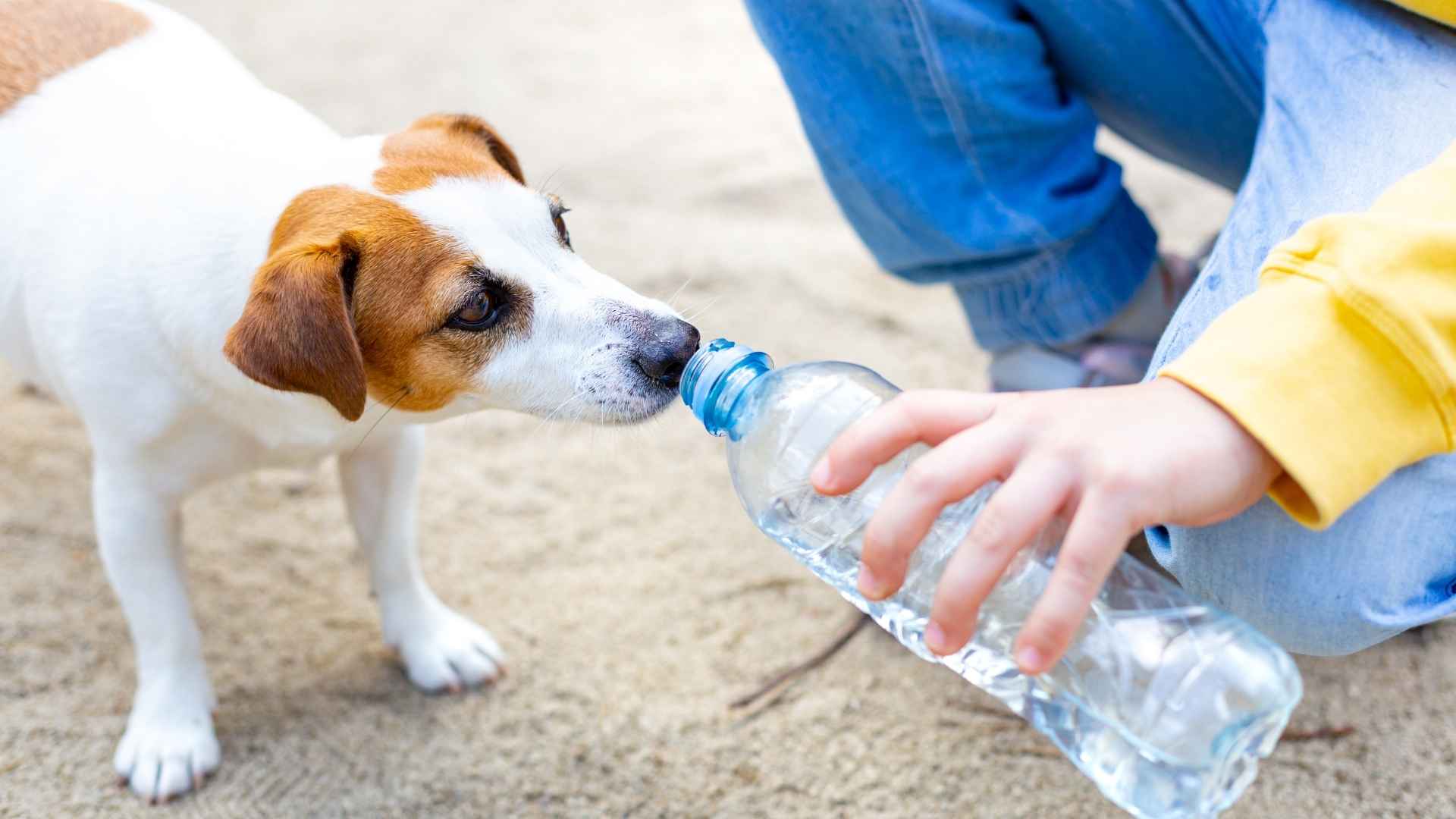You might not think about your dog sniffing out toxins, but certain breeds are surprisingly sensitive to subtle impurities in drinking water.
Here’s the thing: a recent study funded by the AKC Canine Health Foundation found that dogs diagnosed with bladder cancer were far more likely to live in areas where municipal tap water contained elevated levels of chlorination byproducts—up to four times higher than in zip codes with healthier pups.
It’s a stunning statistic, especially when you realize these chemicals are a byproduct of treating water, not something most owners worry about. If your dog seems to recoil or hesitate at the water bowl, it could be more than just picky behavior.
Dogs are living with us in the same environment, and sometimes absorbing the same chemical burden that affects our own health. That kind of shared exposure makes every sniff at their bowl feel more consequential.
Dog Breeds That Smell Contaminated Drinking Water
Here are the seven dog breeds:
1. Basset Hound

Basset Hounds are walking scent-tracking machines. Bred in France for hunting small game, these pups are uniquely engineered for sniffing out what others miss. With a nose that ranks just behind the Bloodhound, they can pick up trails that are days old and track them with accuracy.
That level of focus makes them especially alert to changes in their environment, including subtle shifts in scent that may signal contaminated drinking water.
Closer to the ground: Their short legs don’t just slow them down; they place their noses right where puddles and runoff collect—prime spots for bacteria, fungi, and parasites.
Skin folds and dewlap: These wrinkles help trap odors, but they can also trap contaminants when a pup gets too curious, making regular wash routines crucial.
Highly vocal: A Basset may bark or whine near their bowl if something’s “off.” This vocal feedback isn’t just annoying—it’s a canine response that something may be wrong.
Moderate activity levels: They’re not chasing waves at the beach, but they do love a good sniff around the yard or on a walk, where they might encounter unsafe standing water or puddles.
Historical know-how: Originally used in packs to track hares, their teamwork instincts mean they often alert other pets—and owners—when something doesn’t smell right.
2. Beagle

There’s a reason Beagles have jobs at airports—they don’t miss a thing. These compact, alert, and endlessly curious dogs come equipped with roughly 220 million scent receptors.
According to PetMD, that insane sniffing power makes them one of the most reliable noses in the canine world, capable of picking up subtle chemical shifts in things like tap water. If there’s something funky in the bowl, a Beagle is probably the first one to figure it out.
Curious behavior: Their natural urge to explore means they might sniff or taste outdoor puddles or standing water, making regular supervision a must to avoid infection from hidden contaminants.
Compact but bold: Despite their small size, they’re tenacious trackers that thrive in both urban and country life, constantly engaging their nose during walks or playing in the yard.
Visual design: Their short, sleek coats don’t hold much debris, but that doesn’t mean their body escapes the effects of contaminated water. Skin irritation or eye redness is worth noting if they’ve come in contact with something off.
White-tipped tails: Historically bred so hunters could spot them through brush, these tails still wag confidently when they’re on a scent, possibly alerting owners that something unusual is nearby.
3. Belgian Malinois
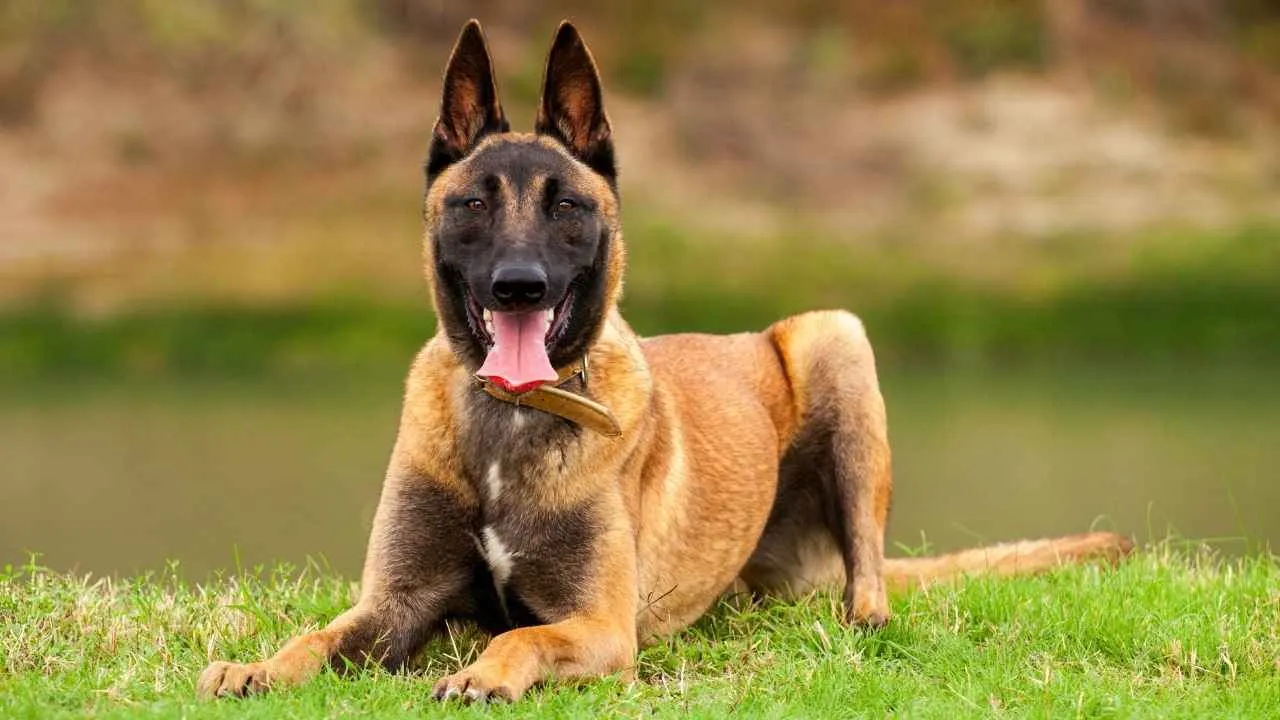
The Belgian Malinois is the canine equivalent of a Navy SEAL: sharp, fearless, and laser-focused. These dogs are built for precision, which is why they’re used globally in military and police work—from detecting explosives and narcotics to locating missing persons.
Their powerful nose, combined with an unmatched work ethic, makes them one of the few breeds that can instantly identify changes in drinking water, especially when it’s been exposed to chemicals or environmental contaminants.
Seasonal coat blow: These dogs shed heavily twice a year, and their thick coat may trap particles or minerals from contaminated areas, making regular grooming and cleaning critical.
Family protector: Beyond their tactical abilities, they bond deeply with their pup companions at home. If they sense something harmful, they’re likely to signal it—sometimes before any symptoms appear.
Elite training potential: With a background in search and rescue, these dogs are trained to notice microscopic changes in scent, including bacteria, fungi, and even parasites lurking in stagnant water or household plumbing.
4. German Shepherd
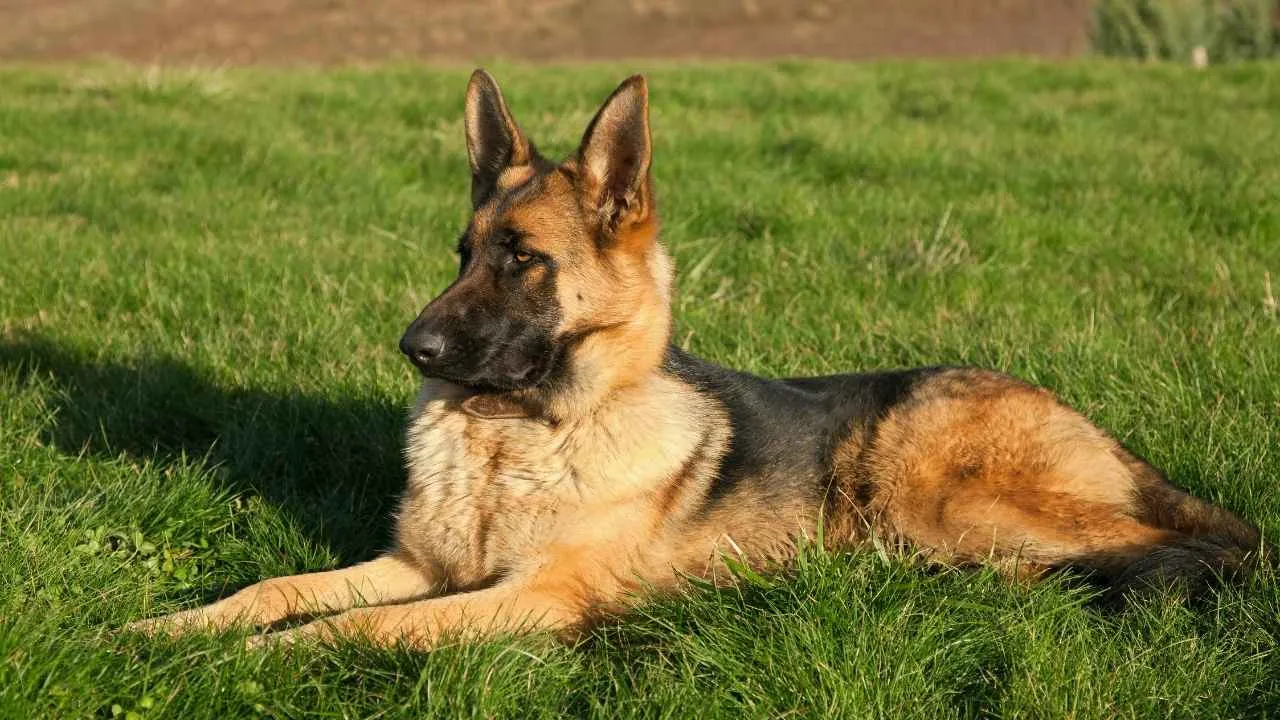
The German Shepherd is far more than a striking, loyal companion—it’s also a powerhouse when it comes to scent detection. With millions of olfactory receptors and a strong work ethic, this breed is frequently used in environmental monitoring, rescue missions, and contaminant detection.
Their ability to sense changes in air and water quality makes them particularly alert to threats like contaminated drinking water.
Quick Problem-Solving Abilities: German Shepherds aren’t just obedient—they’re strategic. They assess unfamiliar smells and environmental cues quickly, making them excellent at identifying contaminated or unusual water sources during daily routines.
Alert and Agile Build: With upright ears, strong posture, and an athletic frame, German Shepherds are built for movement and awareness. Their physical traits support their work as watchdogs and scent trackers in dynamic environments.

Trusted Through Time: From Hollywood roles to guide dog duties, German Shepherds have earned a reputation for intelligence and reliability. Their history of service—from World War I messengers to modern police dogs—speaks to their instincts and adaptability.
5. Bloodhound
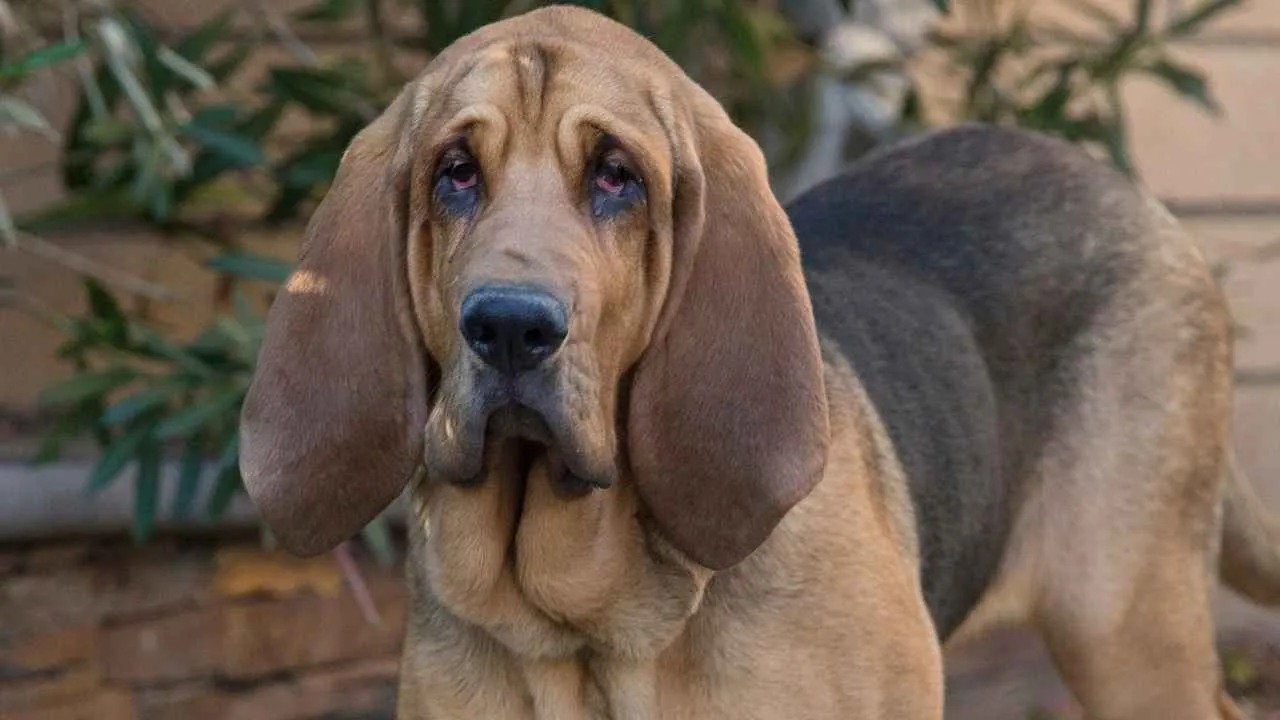
When it comes to sniffing out trouble—especially something as subtle as contaminated drinking water—the Bloodhound is in a league of its own. With a staggering 300 million scent receptors, this breed has the most powerful nose in the dog world.
According to PDSA, they’re not just good at finding people; their noses are sensitive enough to detect chemical changes and bacterial traces in water, even if the contamination happened days ago.
Long Ears and Wrinkled Skin: Their signature droopy ears and loose facial folds aren’t just for show. These features help trap scent particles and funnel them toward the nose.
Distinctive Howl: Bloodhounds have a long, baying howl that’s unmistakable. When they detect something unusual, like a scent they don’t recognize in the water bowl or natural source, they’ll often let you know—with a sound you won’t miss.
Friendly Disposition: Despite their tracking skills, Bloodhounds aren’t built for guarding. They’re affectionate and easygoing, more likely to greet a stranger than to chase one off. Their job isn’t protection—it’s detection.
6. German Shorthaired Pointer

The German Shorthaired Pointer (GSP) doesn’t just excel in the field or water—it’s also one of the most scent-savvy dogs out there. With a sharp, well-trained nose and a love for both land and aquatic environments, this breed can easily pick up unusual scents in water sources.
The GSP is more than capable of detecting contaminated drinking water thanks to its hunting background and incredible olfactory sense. The American Kennel Club (AKC) calls them the “Cadillac of Bird Dogs” due to their exceptional hunting skills.
Endurance in the Field: GSPs don’t burn out quickly. Their stamina means they can monitor large areas and stay focused on tracking.
Silent Communicator: Unlike vocal alert dogs, GSPs often use body language—like stiff posture and fixed gaze—which can be crucial in quiet environments like homes, labs, or natural reserves.
Puppy-Like Energy: Even as adults, they retain a youthful bounce and curiosity, which means they’ll stay engaged with training or investigative tasks longer than many other breeds.
7. Labrador Retriever
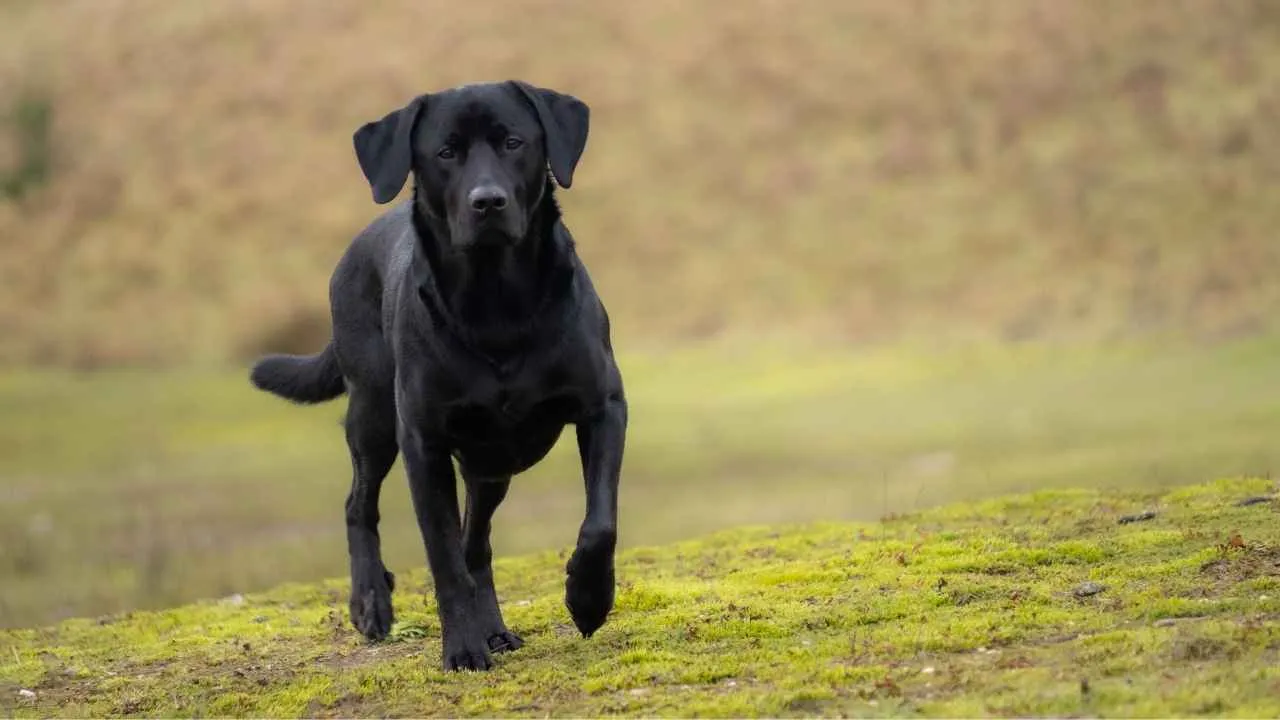
Labrador Retrievers are more than just friendly family dogs—they’re scent-savvy athletes with a powerful combination of intelligence, trainability, and environmental awareness.
Their ability to detect subtle scent changes, including those in contaminated water sources, makes them an excellent candidate for scent detection roles.
Webbed Feet and Water-Repellent Coat: Labs are built for water. Their webbed paws, dense double coat, and thick tail give them speed and agility in aquatic environments.
“Otter Tail” Steering: Their strong tail functions like a rudder, offering balance and direction while swimming, allowing them to stay steady while detecting subtle waterborne odors.
Soft Mouth Advantage: Their ability to retrieve without damaging items gives them a gentle touch, useful when retrieving or interacting with samples without contamination.
Endlessly Energetic: Their stamina allows them to spend long hours in the field without tiring—an essential trait for environmental or search operations.
Conclusion
Dogs with highly developed scent abilities, like the ones we’ve covered, do more than track game or locate missing people—they can also detect changes in water quality that might signal contamination. This ability can be vital, especially in environments where polluted water can cause illness in both animals and humans.
Contaminated water can carry viruses, bacteria, and harmful chemicals. That’s why it’s so important to pay attention when a scent-driven dog avoids or reacts strangely to a water source. Their instincts aren’t random—they’re often a sign that something’s off.
As a responsible dog owner, regular care doesn’t stop at feeding and walking. Clean water, good hygiene, and paying attention to your dog’s behavior around unfamiliar water can all help keep your pet healthy. If you ever suspect your dog has ingested dirty or unsafe water, don’t wait—contact a veterinarian immediately.


